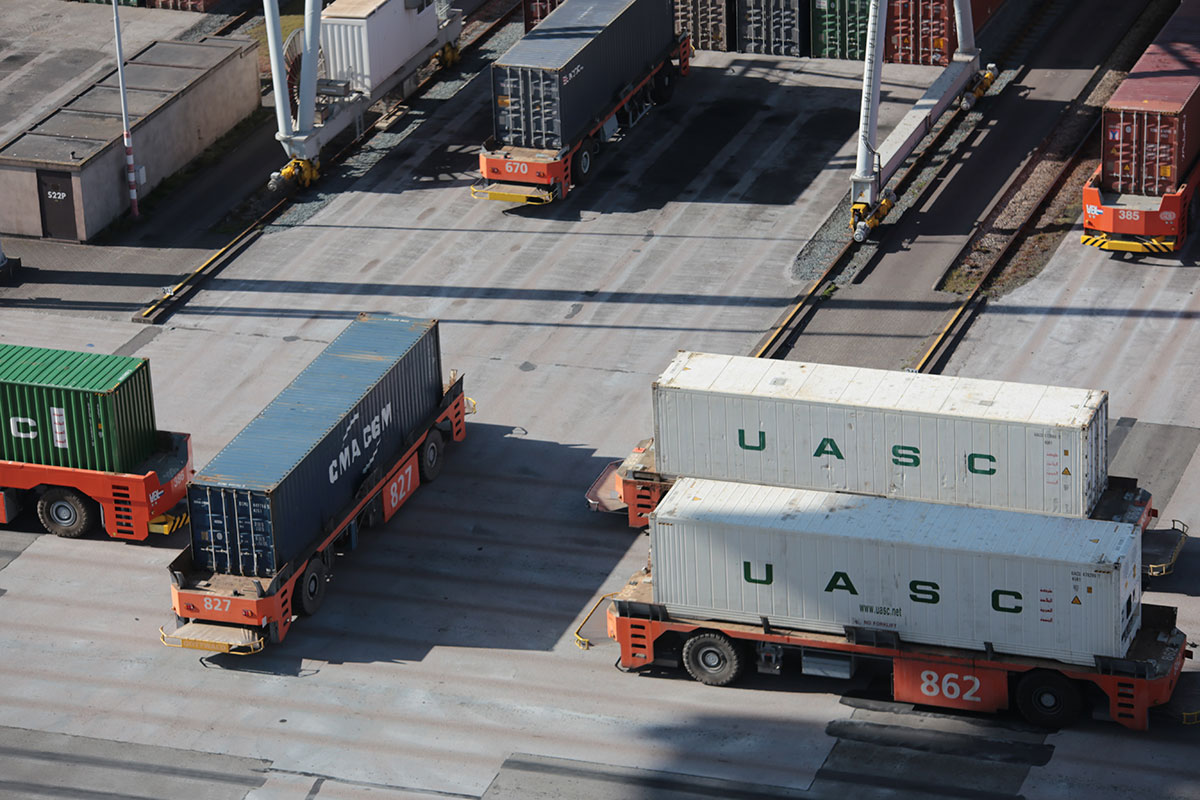The latest thoughts from the people who bring you Blockchain Ireland
Firstly, when blockchain infrastructure is used for applications other than cryptocurrency mining, the patterns of use, and the use cases, are very different. Therefore, different approaches can be taken which yield very different results.
For example, cryptocurrency mining relies heavily on a consensus protocol called Proof of Work. This is where crypto miners must compete to solve an increasingly complex mathematical puzzle using computer processing power to add a block to the blockchain. As part of its inbuilt security, were a miner to try to add a malicious block to the chain, they would have to have a computer more powerful than 51% of the entire network. A hugely unrealistic prospect.
However, despite the efficacy of this protocol for security, it has severe implications for energy consumption, as the above example highlights.
The alternative approach, when blockchain infrastructures are deployed for other applications, is to use a consensus protocol known as Proof of Stake.
In this protocol, the block creators do not compete to solve a puzzle first, as an algorithm is used to determine which user will create a block based on that user’s stake. In order for the user to add a malicious block, the user’s stake would have to be 51% or more of the entire network. Again, a hugely unlikely prospect and therefore an effective security measure.
An early pioneer in the use of blockchain outside of cryptocurrency, is the Slovenian government. In 2019, it became the first EU member state to establish a blockchain test infrastructure, called SI-Chain, which allows it to actively participate in the development of use cases implemented on European Blockchain Services Infrastructure (EBSI).
Technology services provider Hashnet, in cooperation with telecoms company Telemach, developed the infrastructure for Slovenia. Tadej Slapnik, managing director of Hashnet Slovenia, has said “the ambition is to integrate technology into the business models of companies and public services, with the highest possible range, and high-speed transactions.”
Speaking at the Blockchain Ireland Meeting in March 2021, Slapnik was asked about the issue of energy consumption for blockchain infrastructures.
At Hashnet Slovenia, he said, the reason we, as a blockchain infrastructure, are more sustainable is that “we don’t use the Proof of Work consensus protocol any more. We moved with our hash protocol into the Proof of Stake for the blockchain infrastructure.
“We made it a kind of version to proof of authority that means that all of the blocks are confirmed and they don’t need to be mined, and that’s why the energy consumption is really more than 99% less than when compared to Proof of Work protocols.”
“But it is also worth mentioning that the different protocol that is applied as Hashnet, has also improved scalability and speed. We are now testing smart contracts and use cases in the first layer of the blockchain infrastructure with approximately 50,000 transactions per second,” said Slapnik.
With use cases in public services such as self-sovereign identity, healthcare, and educational credentials management, this massively reduced energy consumption, that yet retains the kind of speed and capacity Slapnik describes, should go some way towards dispelling fears that may have grown up around blockchains and DLT while expressing their value as the foundation of a new range of digital public services.
These issues and more will be explored in a free programme of events at Blockchain Ireland Week 2021, from 24-27 May 2021.




Recent Comments